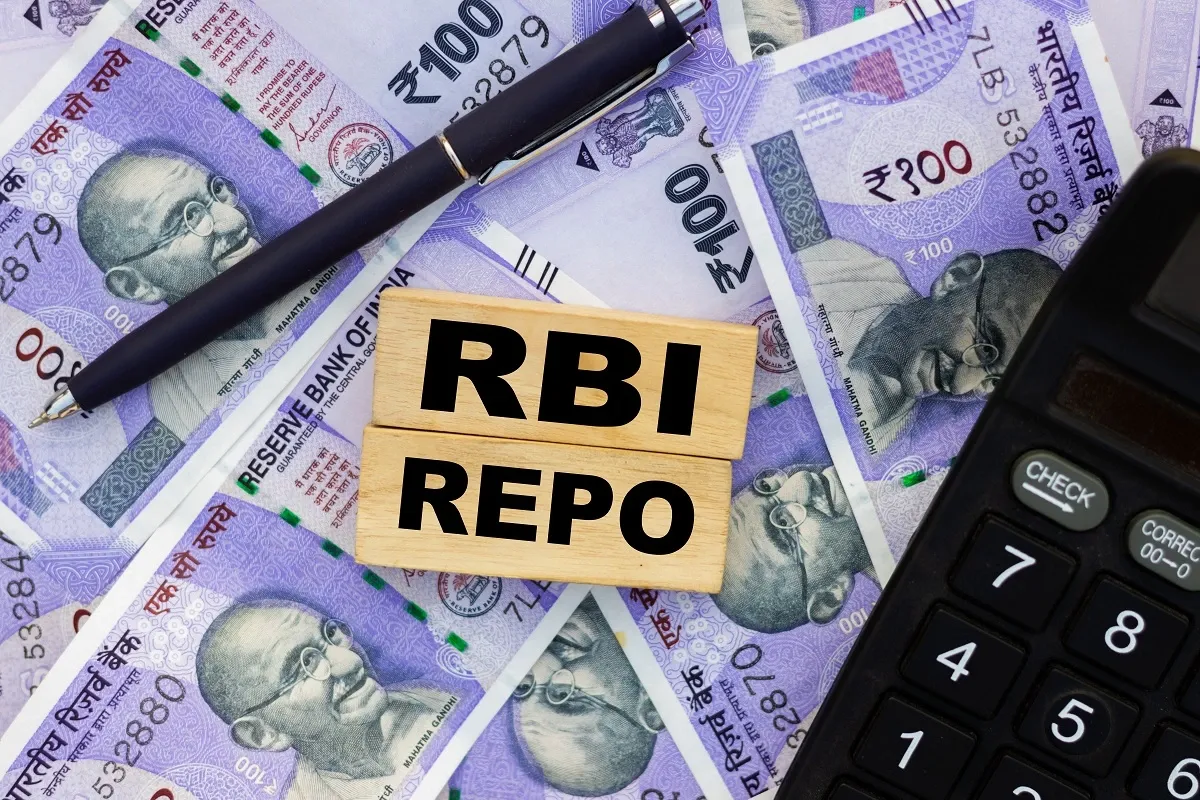Business News
India’s e-commerce to hit $550 billion by 2035; mall vacancy down to 8.1%: ANAROCK & ETRetail
3 min read | Updated on February 20, 2025, 13:59 IST
SUMMARY
India’s e-commerce sector is poised to reach $550 billion by 2035, growing at a 15% CAGR, according to a report. As of 2024, e-commerce retail stood at $125 billion and is projected to hit $345 billion by 2030.

According to the report, the e-commerce retail segment was valued at $125 billion as of 2024. Representative Image | Shutterstock
India’s e-commerce sector has witnessed a strong growth trajectory with an expectation to touch $550 billion by 2035, according to a report by ANAROCK and ETRetail, growing at a CAGR of 15%.The report highlighted a surge in online shopping and a 8.1% drop in the mall vacancy rates due to the rising dominance of Tier 2 & Tier 3 cities in the retail sector of India.
According to the report, the e-commerce retail segment was valued at $125 billion as of 2024. One of the significant factors leading to the rise is the rapid adoption of smartphones and internet access along with the initiatives like ‘Digital India’ and the continuous improvement of logistics and supply chain networks. The rise of a young, tech-savvy population has further accelerated the shift toward online shopping, making e-commerce an integral part of India's retail ecosystem.
It also highlights that the smaller towns and Tier 2 & Tier 3 cities have more number of online shoppers with a rise of 56% in FY2024 against 46% in FY2020 and is projected to reach 64% by FY2030.
While e-commerce is booming, the malls have witnessed a sharp decline in vacancy rates, dropping from 15.4% in 2019 to 8.1% in 2024, indicating strong leasing demand. "New mall supply across the top 7 cities was a mere 1 million sq. ft. in 2024, while absorption stood at 6 million sq. ft.,” says Anuj Kejriwal, CEO & MD of ANAROCK Retail.
“New supply is lagging far behind demand. Current supply and demand trends for mall spaces indicate a post-pandemic rebound in leasing, now largely driven by experiential retail. Apparel and the F&B sectors consistently contribute nearly 45% of demand, remaining the top footfall drivers. Also, post-COVID, the mall vacancy rate has declined from 15.4% in 2019 to 8.1% in 2024,” Kejriwal added.
Besides the metros, e-commerce players are also tapping the growing demand from smaller towns and cities. “The share of online shoppers from Tier 2 and 3 cities has increased to 56% in FY2024 from 46% in FY2020, and is expected to reach 64% by FY2030," Kejriwal further said.
The overall Indian retail industry's market size is expected to touch $2,500 billion by 2035, witnessing a three-fold increase compared to 2019, expects Kejriwal. This growth is powered by rising disposable incomes, increasing urbanisation, a young and tech-savvy population, and an ever-expanding middle class.
The report reveals that leading domestic and international retailers are actively expanding into India's smaller towns and cities. This growth is expected to drive a significant increase in mall developments across Tier 2 and 3 markets, with mall space projected to exceed 26 million sq. ft. by 2030.
About The Author
Next Story

